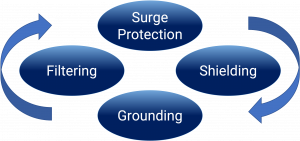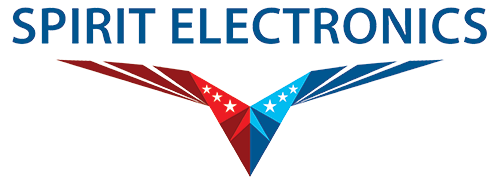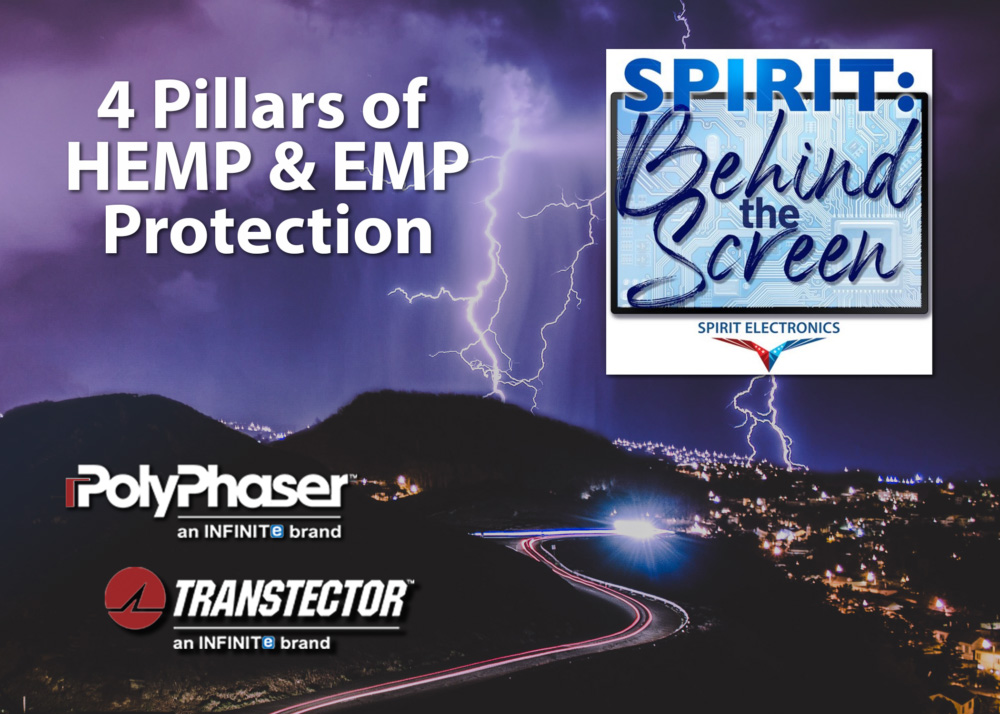We’re talking high-altitude electromagnetic pulse (HEMP) on this week’s episode 24 of Spirit: Behind the Screen. HEMP is a particularly devastating type of electromagnetic pulse (EMP) caused by a nuclear detonation above the Earth’s atmosphere. Dan Rebeck, HEMP/EMP product expert with Infinite Electronics, explains this generates 3 EMP waves: a “triple whammy” that can damage electronic systems in our power grid, data networks, communications, and critical infrastructure.
HEMP/EMP Solutions Consider Your Whole System
HEMP events aren’t the only type of EMP capable of damaging electronics. Natural EMP events like lightning or solar flares or other man-caused events like local sabotage could also compromise sensitive electronics.
You might picture electronics being fried by a lightning zap, but minor damage from an EMP can also compromise an electronic system’s reliability over time. You may not notice minor damage until later when a system fails.
But Dan doesn’t leave us with a doomsday scenario. Infinite brands Transtector and PolyPhaser offer products that you can implement as system-level protections against HEMP and EMP to meet government recommendations. Dan breaks these product categories down to the Four Pillars of Hardening.
How you use the Four Pillars will depend on the electronics you need to protect from EMP/HEMP, how critical your systems are, and what kind of outage risk you can tolerate. Personalized solutions can protect everything from our nuclear codes to residential homes.

Grounding
Grounding offers a connection to the Earth, allowing a surge of electromagnetic energy to drain out to the ground. The best example of this is lightning, which is electromagnetic energy that moves through a system looking for a connection to the ground. Grounding directs the energy to the Earth ground and away from sensitive electronics connected to a network through power or data lines.
Surge Protection
Surge protection, according to Dan, is the most important pillar of the four. A surge protector is a neutral part of an electronic system during day-to-day operations. But when it detects a high voltage greater than what the system can handle, it kicks into action. The surge protector opens a low-impedance path that connects to the Earth ground. This path diverts the high voltage to the ground, protecting electronics connected downstream in the system.
Filtering
“Filtering changes the wave shape of the pulse coming into your facility,” says Dan. “It can slow the EMP down a little bit and can give your surge protector a chance to take more of it away from the system.” Filtering doesn’t stop the EMP. It disrupts it to weaken the EMP to make it possible for your other protection measures to handle the wave.
Shielding
In theory, you could build a full shield to stop an EMP from entering an electronic system. But most of our systems need outside connections to power and data to function. Our electronics need to receive and communicate data in order to operate.
Shielding a building or system to protect against EMP must be used in tandem with the other pillars to be effective. Transtector and PolyPhaser offer surge protection that can be mounted to a shield for higher protection needs. Shielded boxes and cabinets can also provide protection to strategic parts of your system.
HEMP/EMP Protection that Works for Your Application
These Four Pillars can work together to harden your system against damage from a HEMP/EMP event. The exact products you need to put in place around your electronics depends on your applications, how critical your operations are, and how much downtime you can tolerate.
Spirit is an authorized reseller of Transtector and PolyPhaser products, and we can work with you to design a hardened solution to protect your electronics from HEMP and EMP.
Stay tuned for Part 2 of our podcast interview with Dan Rebeck publishing September 20. In the meantime, you can hear all about HEMP and EMP in Part 1.


